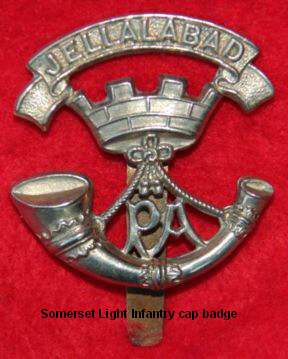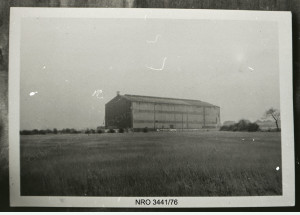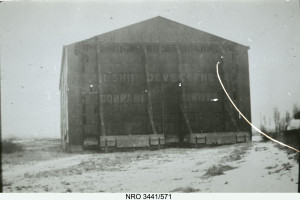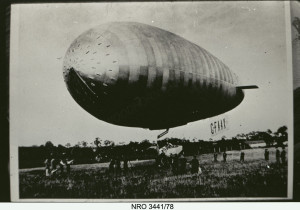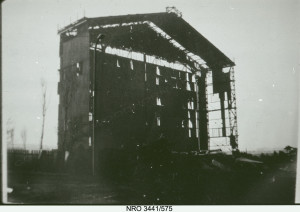1 JANUARY 1915
BAMBURGH
WHIST DRIVE
To raise funds to provide comfort for our troops, a whist drive and dance was held in the school room, Bamburgh. The following were the prize winners:- Ladies – 1st, Miss D Littlefair; 2nd, Miss Mamie Weatherstone, 3rd Miss J I Lawson; 4th, Miss A Graham; sealed prize, Mrs A Campbell; consolation prize, Miss Sinton. Gentlemen – 1st, Mr W Clark; 2nd, Mr G Herbertson, 3rd Mr W Carse, 4th, Mr Jas Nesbit; sealed prize, Scout Geo. Oswald; consolation prize, Scout A Hird. The Scouts and Territorials doing duty locally were entertained to dinner by Mr and Mrs Little of Bamburgh Castle Inn, and Miss Smith, of the Victoria Hotel, has provided a similar treat for them.

1st January 1915
NORHAM
TROOPER’S LETTER
The following letter has been received from Trooper A Charlton, Northumberland Hussars (brother of Mrs Brown, School House, Norham), who is at the front:-
“December 20th, 1914,- The mince pies were champion. Jim and I and the boys had a jolly good tea; no use waiting until Christmas Day, as we are into business any moment. The North East Coast raid will have scared the people of Norham, and mind what a champion target your house and church will make, so look out for future events. Bob and Jack will have a lively time in the trenches at Blyth, but they ought to see ours, waist-deep in water, then we are liable to depart this world at any minute. Black Marias came within a few yards of our billet the other day, and last night hundreds of our guns were playing on the German trenches, the fire lighting up the whole line. What a lovely sight to see; but should not have liked to have been within, as their loss must have been enormous. I fully expected to be at home by Christmas, but am afraid we shall consider ourselves lucky if we manage by next Christmas.”



